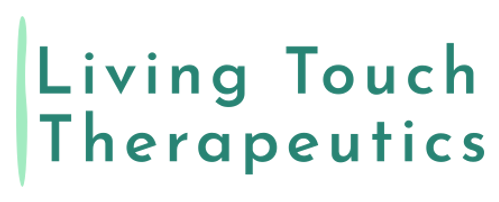Relieve Driving Strain: How Exercise and Massage Can Help Long-Hour Drivers
- Benjamin Mishleau
- Feb 13
- 2 min read

Many of us spend part of our day in the car, whether as passengers or behind the wheel. For some—like truck drivers, delivery drivers, mail carriers, or those with long commutes—hours of daily driving are the norm. Then there are road trips, which often involve extended periods of driving with few breaks to stretch or move. By the end of the day—or the drive—our bodies often feel stiff, sore, and exhausted.
Why Do We Hurt After a Long Drive?
Sitting in the same position for long periods takes a toll on the body. It can cause certain hip muscles to be underactive while placing added strain on the back and neck. For the average commuter, this might not result in significant pain. However, the more time spent driving each day, the stiffer and sorer you’re likely to feel afterward.
Over time, extended daily driving can lead to muscular imbalances. The muscles along your spine may become overworked and tense, while your glutes, legs, and core grow weaker. This imbalance affects posture and increases the risk of injury.
Driving also strains the shoulders and elbows, especially from holding the steering wheel without proper arm support. This can contribute to tension and discomfort in the shoulders, neck, and arms after prolonged driving.
How Can We Mitigate the Effects of Driving?
The first step is to regularly engage the muscles that become inactive while sitting. Walking for 20–40 minutes a day—whether in the morning, evening, or both—helps “wake up” these muscles and improves overall comfort during and after driving.
Starting a core-strengthening and muscle-conditioning exercise program can further support your body’s ability to adapt to long periods of sitting. The general rule is simple: our bodies are designed to move, so move as much as possible!
For road trips, take breaks every couple of hours to walk or do a few squats. While it may feel natural to stretch after driving, setting reminders to move, even before stiffness sets in, is essential.
Once you reach your destination, make small, intentional choices to keep moving: take the stairs instead of the elevator, or park farther away to squeeze in more steps. These habits can help mitigate the effects of sitting, but they might not completely resolve the discomfort caused by extended driving.
How Massage and Exercise Can Help
Massage is a highly effective way to release tension and relax muscles stressed by driving. After a road trip, a therapeutic massage can help your body recover and feel its best again. For those dealing with chronic pain or tension from frequent driving, regular monthly or bi-weekly massages can keep muscles relaxed and prevent recurring issues.
More important than massage alone is developing a corrective exercise plan to rebalance and strengthen your muscles. A targeted plan can stabilize your body, enabling it to better withstand long periods of sitting and minimizing discomfort.
While massage and exercise won’t make your body immune to the effects of prolonged sitting, they can dramatically reduce pain and stiffness, helping you feel balanced, relaxed, and ready for whatever comes next.
If you're a driver in the Lincoln, Nebraska area dealing with back, arm, or leg pain, book a session with us today to see how we can help you feel and move better!





Comments